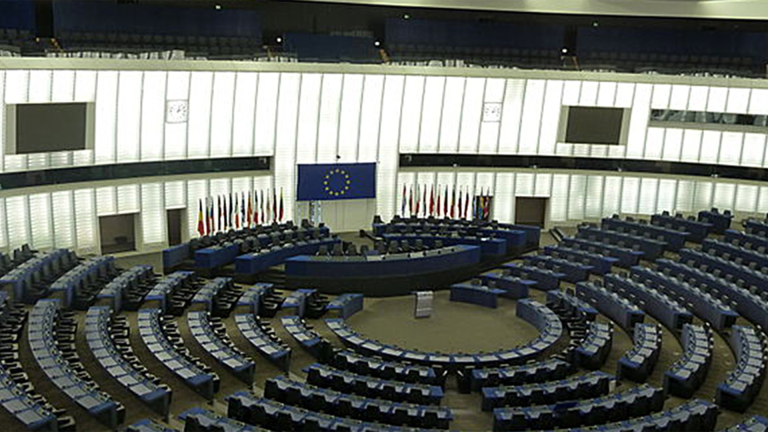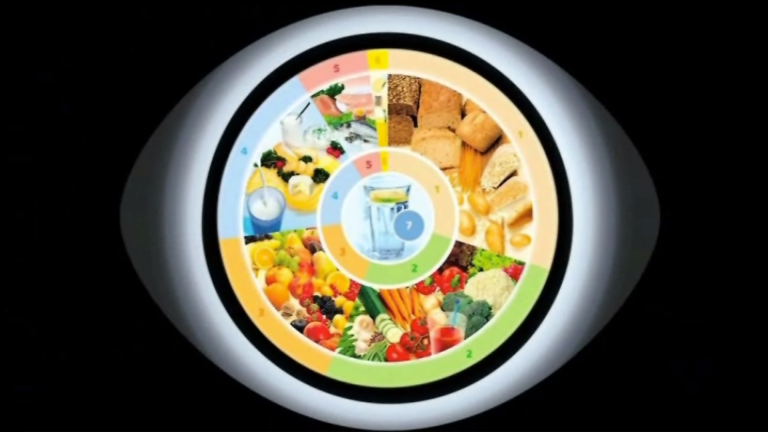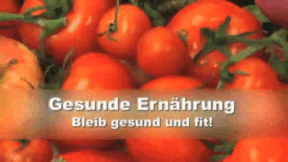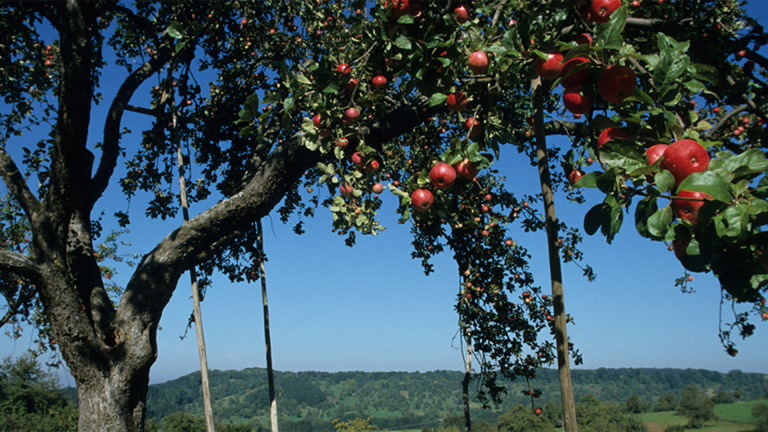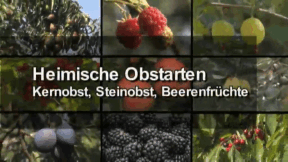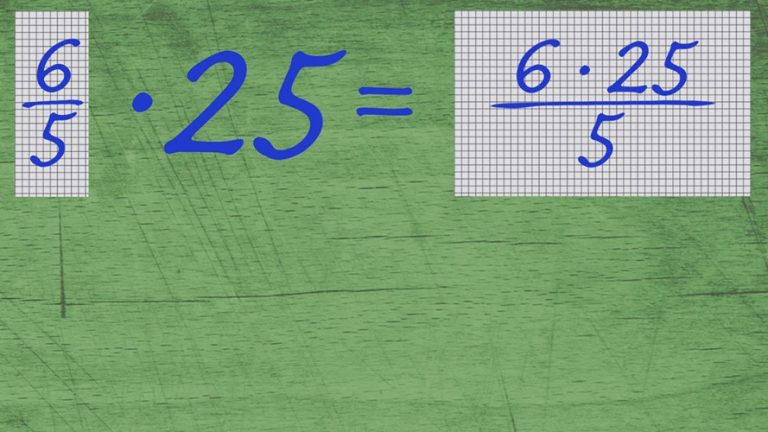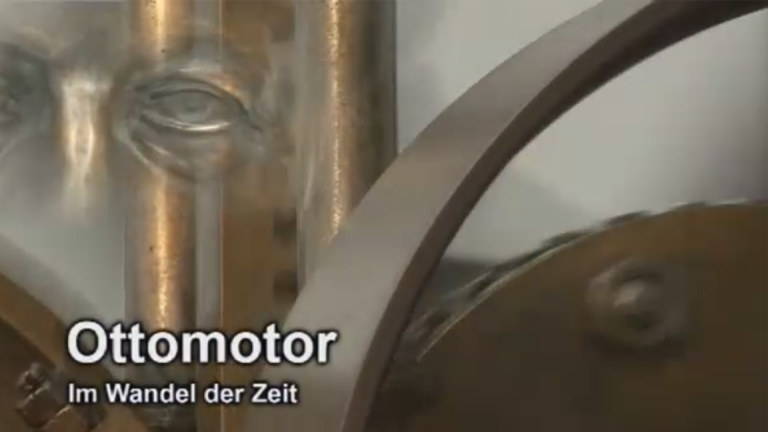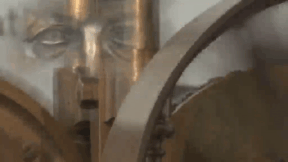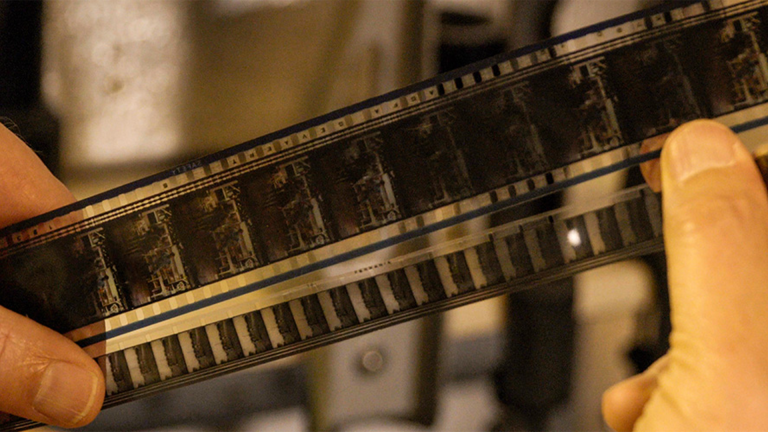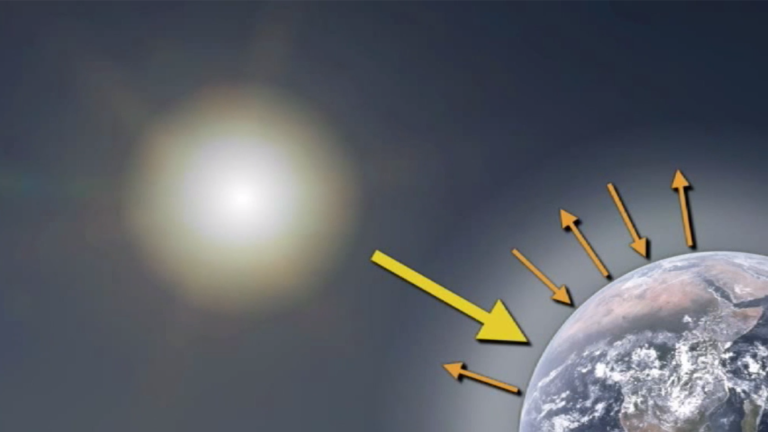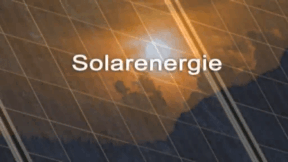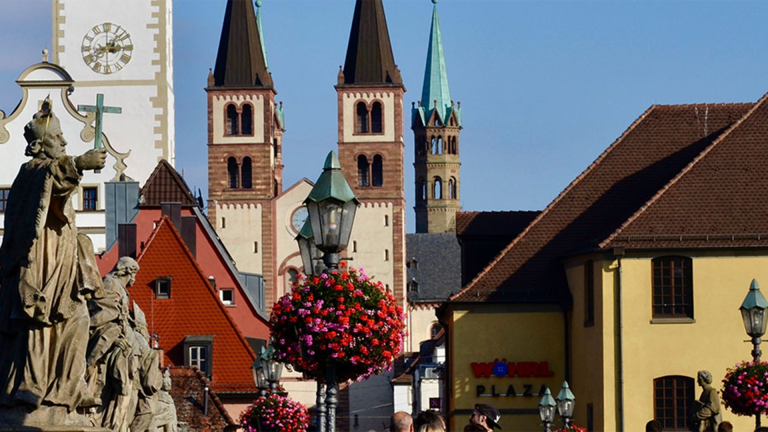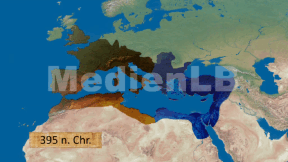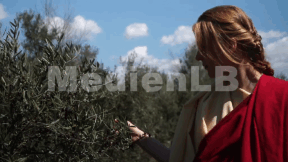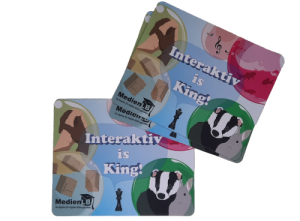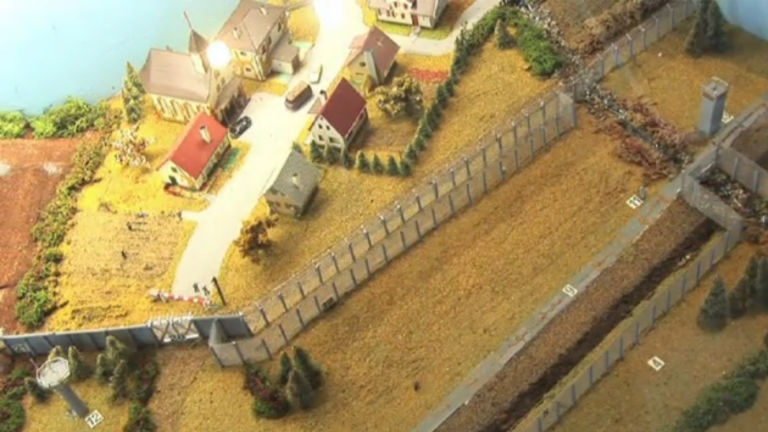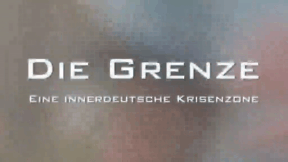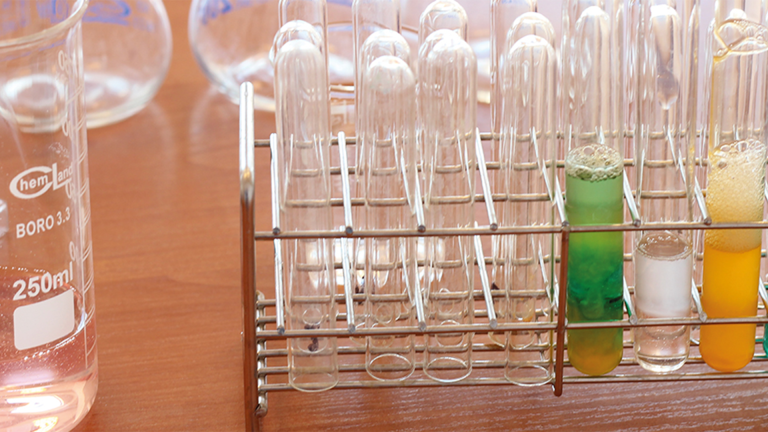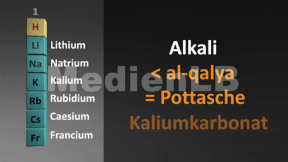Suche:
- # Artistry
- # Biology
- # Chemistry
- # Ecological
- # Economy
- # English
- # Foreign Language
- # Geography
- # German
- # Health
- # History
- # Informatik
- # Latin
- # Mathematics
- # Media Education
- # Music
- # Physics
- # Politics / Civics
- # Preschool
- # Primary School
- # Religion
- # Society
- # Sports
- # Technology
- # Training of Teachers
- # Vocational Education
The European Parliament
The European Union is a union consisting of 27 European states. Currently its population comprises about 500 million inhabitants. 17 of these states have a common currency. Its aim is a pan-European area of freedom, security and justice. The European Parliament is elected every five years by the EU citizens and is thus the only directly elected body. The European Parliament shares its legislative function with the Council of the European Union, wherein the governments of the individual member states are represented, and the European Commission, which represents the interests of the EU as a whole. These three institutions together develop the political strategies and legislative provisions which are applied throughout the EU. The European Parliament ensures uniform pan-European regulations. Citizens profit from them for example for data protection, for mobile tariffs, for working and living in Europe and much more besides! Together with the extensive accompanying material the DVD is ideally suited for use in the classroom.
Learn moreHealthy Diet
No matter whether we write, read, sleep or move, we always use up energy. Imagine your body is like a car. It needs petrol to be able to move. You can't play, romp about and learn without eating and drinking either. Your body needs cellular components. These are substances which build up your body. And it must be supplied with them again and again. These components are also called nutrients. They are called protein, fat and carbohydrates.
Learn moreDomestic Fruit Species
The film deals extensively with the topic "Fruit". In a simple and comprehensible manner but with professional accuracy, it tells the primary school children about processes in nature. They learn how fruits form and develop on fruit trees and bushes. Information on domestic fruit farming is provided and they get to know the importance of fruit for a healthy diet. The film deals with the following core themes: domestic fruit species (various species, appearance, spread ...), aggregate fruit (pollination and fertilisation, developmental stages of an apple ...), drupe (structure and components of a cherry blossom, cherry tree transformation ...), berry fruit (ingredients, harvest time, vitamin content ...), methods of cultivation (plantation, orchards and their animal life ...), processing (harvest, apple juice production, preparation of jam ...). The film is divided into 5 menu items (chapters). Each chapter can be dealt with separately. Together with the comprehensive accompanying material, the film is ideally suited for use in lessons.
Learn moreThe Otto Engine
This DVD offers an insight into the historical birth of the Otto engine and also describes its latest version – the hybrid engine. In addition, other engines of the future are covered. The life and achievements of Nikolaus August Otto are dis- cussed, with all his successes and failures, from his first en- gineering attempts when reconstructing the Lenoir engine to the presentation of the “atmospheric gas engine” on the Paris World Fair through to his cooperation with Gottlieb Daimler and Wilhelm Maybach. The mode of operation of the Otto engine is explained to the pupils in detail, also with the help of a variety of animations and diagrams. The DVD goes into the four strokes of intake, compression, power and exhaust as well as the Otto engine as energy converter. Crude oil is one of our most important sources of energy. Besides outlining the evolution and processing of crude oil into fuel, this DVD puts emphasis on the increasing shortage of global crude oil resources. Alternative propulsion sources like hybrid engines as well as hydrogen-fuelled or gas-fuelled vehicles offer an environmental-friendly vision for the automobile’s future in times of global climate change.
Learn moreBilder laufen
Das Prinzip der Camera Obscura war bereits Aristoteles bekannt. Heute gilt sie als Vorläufer der modernen Fotografie.
Learn moreSolar Energy
80 % of our current energy needs are covered by fossil fuels (coal, oil, gas). Their supply may soon lead to severe problems as worldwide stocks will be exhausted one day. That is why the future belongs to renewable energy from sun, wind, water, and biomass. The Sun as an inexhaustible energy source is estimated to be available to us for another 4.5 billion years to come. It supplies us with “clean energy“ that is available everywhere on earth and that exceeds worldwide energy needs many times over. The film presents the pupils with the long history of solar energy use. The functioning of solar collectors, solar cells and solar power plants is explained, the current operating ranges of solar technology are dealt with and an outlook for the future is provided. With the act on the phasing-out of nuclear energy Germany has taken over a pioneering role worldwide in the field of renewable energies. Together with the extensive accompanying material the DVD is ideally suited for use in the classroom.
Learn moreFranks
The Franks presumably arose from various western Germanic tribes originally living between the Rhine and Weser rivers.
Learn moreGreek Mythology
The search for the origin and meaning of our existence has always been an integral part of the history of mankind. The religion and myths of the ancient Greeks with their impressive realm of gods were influenced by the oldest advanced civilisations of Mesopotamia and Egypt, spread their impact in Hellenistic and Roman times and have retained their influence on the culture of the Western world until today.
Learn moreThe Border
The DVD helps students, who have no first-hand recollection of the partition of Germany, to approach this problem. The film illustrates the historical development of the inner- German border from 1945 to 1989. The example of Point Alpha also sheds some light on the Cold War – not without reason, the camp has been considered the „hottest spot of the Cold War“. Photos of the German Border Police, pictures from the exhibitions at the memorial Point Alpha near Fulda and the „house at the border“ create a vivid impression of the partition of Germany. Ninth-form students interviewed contemporary witnesses for the film: one of the American commanders at Camp Point Alpha (Steven Steininger), the former mayor of Fulda (Dr. Wolfgang Hamberger) and two border guards of the West German Border Police, Erwin Ritter and Gerd Leinert. Bertold Dücker describes his escape across the border. After the almost complete dismantling of the border installations, only few remains of the former border can still be seen today. The film provides background material and points out Running Time: 22:29 ms how important it is to visit the memorial.
Learn moreGreat Disasters I
A disaster occurs when the balance inherent in a certain phenomenon is disturbed. This can happen either because a new powerful force comes into play which triggers the disaster or because a small – even tiny – causal factor interferes in a situation with an unstable equilibrium and manages to achieve an enormous effect.
Learn more



